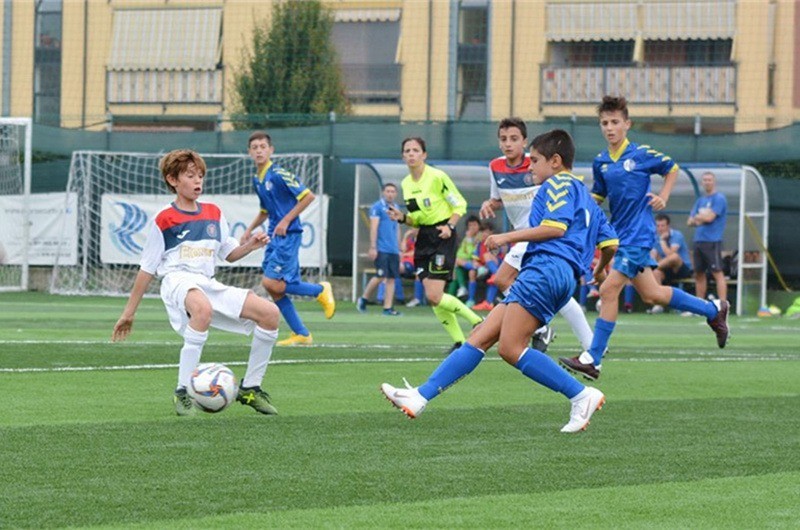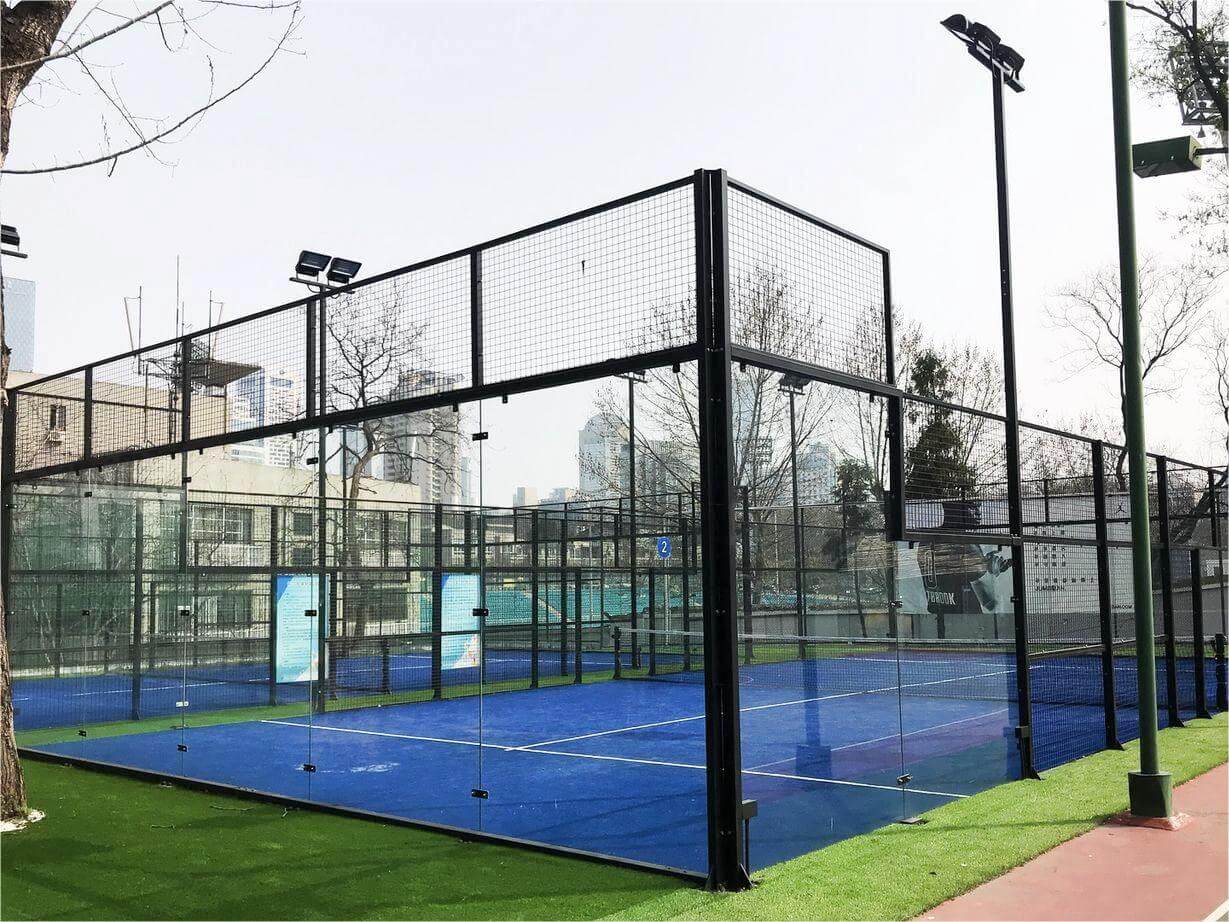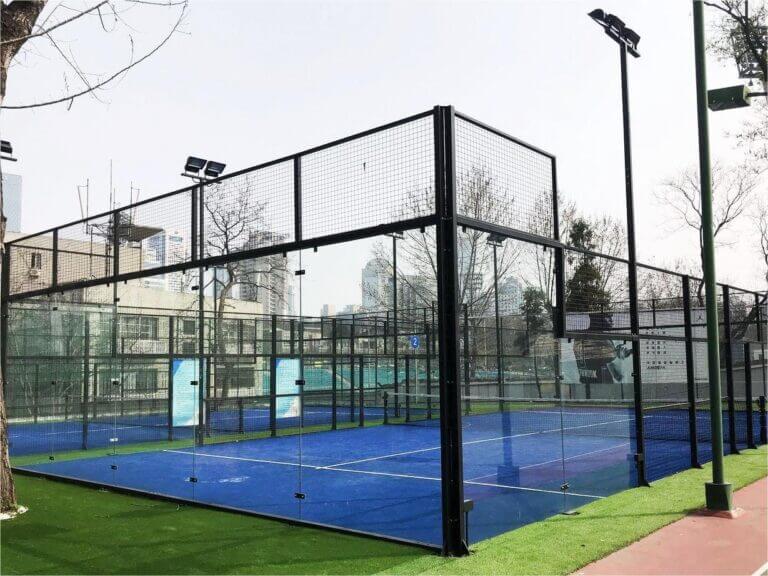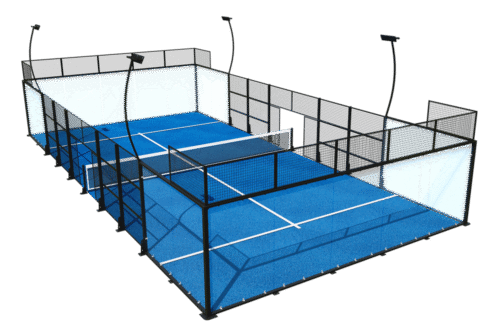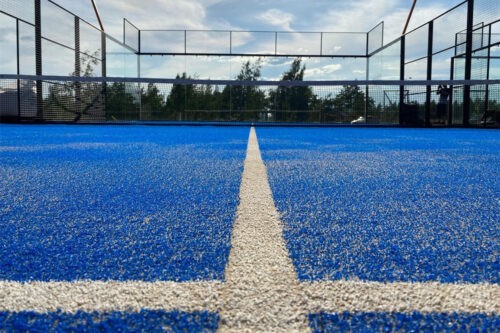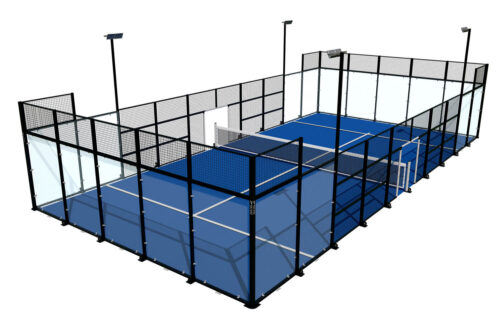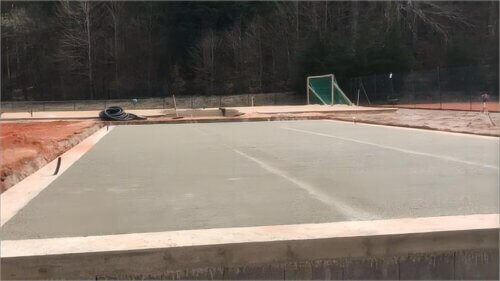Constructing a Padel court begins with laying a sturdy foundation, ensuring safety, durability, and optimal performance. This guide offers an in-depth exploration of the critical steps and considerations involved in establishing a solid base for your Padel court, drawing insights from expert recommendations and industry standards.
Choosing the Right Location:
The selection of an appropriate location is paramount to the success of your Padel court construction project. Ensuring the site is level, easily accessible, and adequately spacious to accommodate the court dimensions is crucial. Collaborating with experts and adhering to recommended space requirements will facilitate optimal placement and usage of the court.
Preparing the Ground:
Before laying the foundation, meticulous ground preparation is indispensable. This entails leveling the terrain, compacting the soil, and removing any vegetation or debris that could compromise the stability of the base. Thorough ground preparation sets the stage for a robust foundation and ensures long-term structural integrity.
Foundation Systems:
Two primary foundation systems are commonly employed for Padel courts, each with its unique advantages and considerations:
Strip Foundation (Ring Beam):
Ideal for outdoor installations, strip foundations are designed to distribute heavy loads effectively. These foundations typically utilize materials such as asphalt or stone concrete as substructures for the playing surface. Proper drainage design is imperative to prevent water accumulation and preserve the court’s integrity over time.
Reinforced Concrete Slab with Slope:
Popular in regions with milder climates, reinforced concrete slabs offer adequate support for Padel courts. However, it’s essential to ensure compliance with frost-resistance standards in colder environments to prevent damage during winter months. Additionally, indoor courts may require thorough inspection of the existing floor to determine the necessity of a separate foundation.
Construction Process:
Executing the construction process with precision is critical for achieving a robust foundation. Collaborating with experienced contractors and following established guidelines is imperative. The construction process typically involves the following steps:
- Excavation: Digging the foundation area to the required depth, allowing space for the foundation and a layer of compacted gravel.
- Gravel Compaction: Adding a layer of compacted gravel to provide a stable base for the concrete slab and aid in drainage.
- Formwork Installation: Erecting forms to define the dimensions of the concrete slab, ensuring they are level and securely in place.
- Concrete Pouring and Finishing: Pouring high-quality concrete into the forms in sections and finishing it with a trowel to achieve a smooth surface. The slab should be left to cure for a minimum of 28 days before use.
Regulatory Compliance:
Navigating regulatory requirements, including obtaining building permits and adhering to local regulations, is essential for a seamless construction process. Consulting with architects or construction firms familiar with regional guidelines ensures compliance and minimizes potential delays or setbacks.
Conclusion:
Establishing a solid foundation lays the groundwork for a high-quality and durable Padel court. By following expert recommendations, selecting suitable foundation systems, and adhering to regulatory requirements, court owners can create a safe and reliable playing environment for enthusiasts. With meticulous planning and execution, your Padel court will stand as a testament to quality craftsmanship and provide endless enjoyment for players for years to come.
Explore Related Products
Enhance your padel court experience with Arturf's premium solutions. Choose from our durable padel court turf, engineered for optimal play, or select our comprehensive padel court package, which includes all essential components for a seamless setup.
Padel
Padel
You Might Also Like
Elevate your padel court experience with Arturf's knowledge and expertise.

